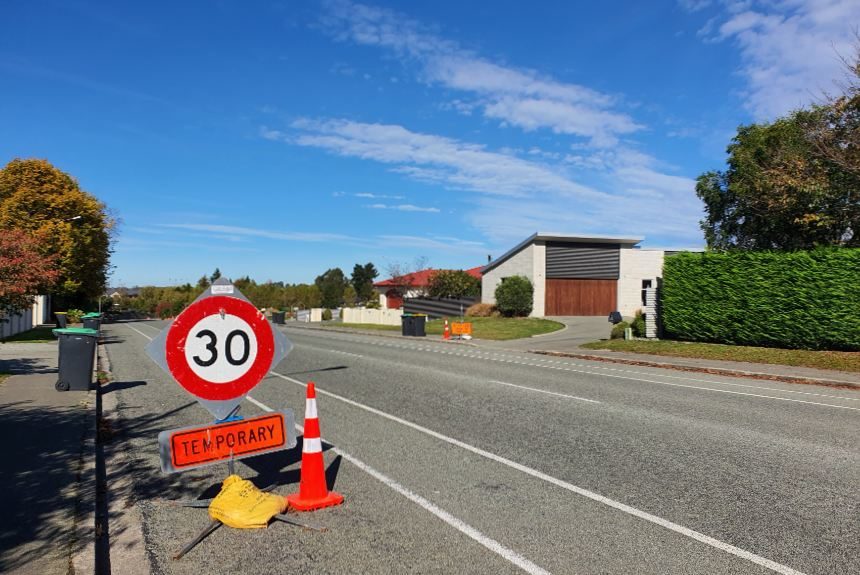The Motu report, “Climate change adaptation within New Zealand’s transport system,” provides a fascinating insight into the country’s strategy and plan to address the impacts of climate change on its transport infrastructure and systems.
The report (Motu Note #40) results from the workshops that Motu, New Zealand’s leading independent economic research institute, hosted in July and August of 2018. The activity was part of the Deep South Dialogue on Climate Change and Transport, Deep South National Science Challenge.
The Motu Note #40 says:
For every degree of temperature rise, there is a resulting increase in intensity and frequency of weather events such as rainfall, storms, heatwaves, and sea-level rise that is detrimental to infrastructures. Low-lying areas are especially prone to sudden and permanent inundation due to sea-level rise. Increasing rainfalls can cause riverine and pluvial flooding and landslides that can disrupt and damage roads, railroads, and bridges, which can have serious economic repercussions. Heat and droughts can incur damages (road and rail buckling) to transport assets, causing disruptions from temporary closures and repairs.
Highlights in the Motu report include:
- The inter-dependence – transport network is an outcome of local, economic, and broader community demands and used for social, business, and commuting purposes; and inter-connectedness – from air, sea, rail, and road, walking and cycling pathways, of its transport system;
- The science behind and the consequences of climate change and how it directly impacts transport infrastructures and its “supply-side” impacts – traffic, delays in shipments and freight, damages to fuel and electricity supply chains, and its ensuing costs;
- The “demand-side impacts” of climate change on other sectors that use the transport networks, particularly the primary industries (agriculture, forestry, and dairy), tourism, and settlement patterns – displacements or settlement shifts due to climate change can affect transport demands;
- The report also discussed the criticality of infrastructures and the factors used to determine it.
- Lastly, the report discussed the opportunities and challenges associated with climate adaptation, the decision-making methods used to develop the best adaptation strategies, and where and when to apply them.
To read the entire Motu report, CLICK on the link below:
Source:
Climate Change Adaptation within New Zealand’s Transport System. (2019, November). National Science Challenges. The Deep South. Motu Note #40. Economic and Public Policy Research. Retrieved from https://deepsouthchallenge.co.nz/resource/climate-change-adaptation-within-new-zealands-transport-system/



Leave a Reply